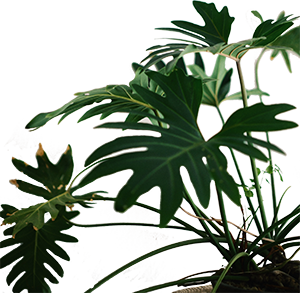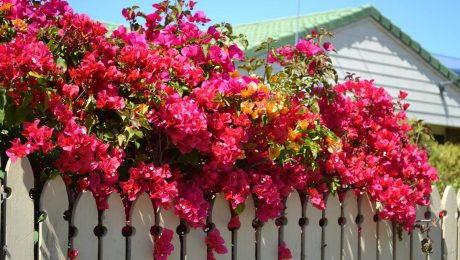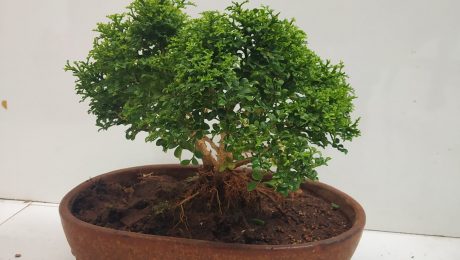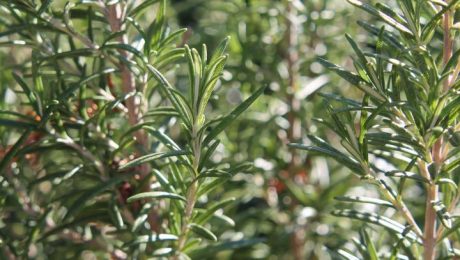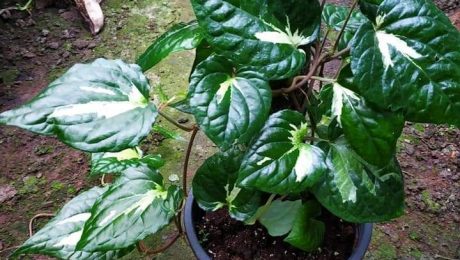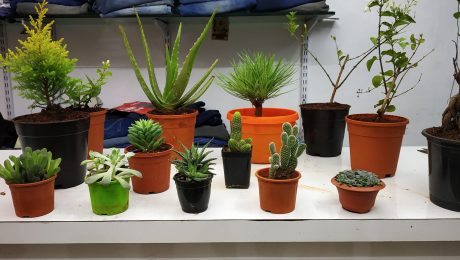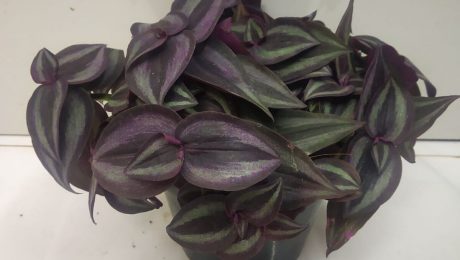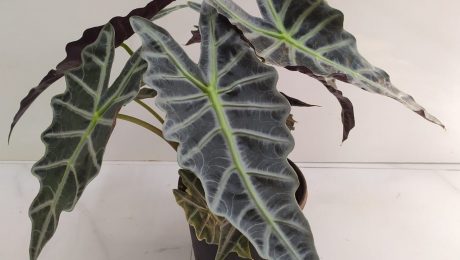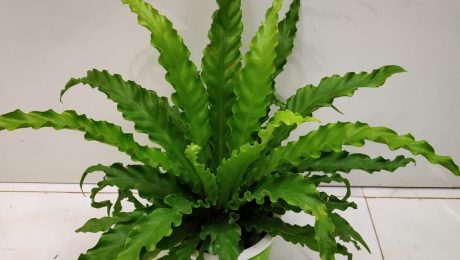Know About the Most Beautiful Flower in the World – Kamini As you would have guessed, the Kamini is local to the Indian subcontinent and China. Although mostly found in the Eastern part of the nation, it is generally utilized in gardens as a supporting plant. The thick cover of lustrous green leaves permits the
Hypoestes is the scientific name for the Polka Dot Plant, another name for it is Freckle Face. This plant is one of the quirkier favorites among homeowners and gardeners. This plant is diverse in its uses. Some use it as a singular houseplant, others like it for adding accents to garden beds outdoors. f polka
Rosemary is a versatile herb, providing evergreen interest all year round, fragrant leaves for use in cooking, and nectar-rich flowers for bees in spring. Grow rosemary along a path, so every time you brush past, the leaves release their aromatic oils. Hailing from the Mediterranean, rosemary thrives in a sunny, sheltered spot in well-drained soil.
MOST COMMON INDOOR PLANTS MISTAKES Let’s be honest. When my plants look sad, it’s a heart-breaking moment. First, because I think it’s my fault, and, second, because I don’t know what to do. But this can change. As an indoor plant fanatic, people often tell me about their green companions’ misfortunes. If your plant’s leaves look
Tradescantia are much loved for their variegated leaves, deep purple color (although there are also green varieties!) and for how extremely easy they are to propagate. They make a lovely, understated statement in outdoor garden beds or planters, and are perhaps even more striking indoors when allowed to trail in hanging baskets. Here’s how to
If you’re an indoor plant enthusiast looking for a unique addition to your collection of houseplants, then Alocasia may be the ideal plant for you. Also known as the African mask or Kris plant, Alocasia doesn’t come from Africa at all. It gets its name from its resemblance to the hand carved ceremonial masks found
Euphorbia is a very large genus of plants with more than 2,000 species. About 1,200 of them are succulents, some with bizarre shapes and wide, fleshy leaves and others that look remarkably like cacti, complete with spines. They are often grown for their architectural shapes and fascinating foliage, but a few are known for their


